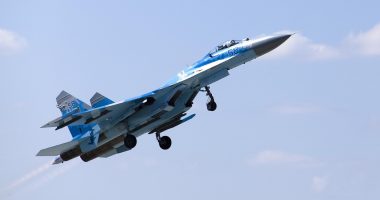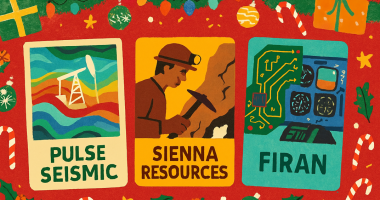- Canada has big, geologic structures in Ontario and Quebec
- Gold potential remains in the classic Canadian gold camp of Kirkland Lake, Red Lake and Val d’Or
- Intriguing potential from Newfoundland to British Columbia
- Considerable opportunity can be found in the revival of abandoned mines
Canada is the fifth-largest global producer of gold in the world and home to the ninth largest gold reserves. It was first discovered in the 1820s in Quebec and then found in the sands of British Columbia’s Fraser River in 1858. Today gold is mined in nine provinces with Ontario and Quebec producing more than 70 per cent of the gold in Canada.
The Market Herald Canada’s Coreena Robertson sits down with mining expert Gwen Preston, editor of Resource Maven. Preston shares her thoughts on Canada’s gold potential and the hot spots for gold.
Canada’s gold potential
TMH: Gwen, what areas in Canada are showing the most gold potential?
Preston: Canada has lots of gold. Canada is a great place for gold. There’s the classic districts – Red Lake and Kirkland Lake. There’s a bunch of what we call big breaks, which are big, geologic structures that cut across Ontario and Quebec. And we know that those host a lot of gold. What’s interesting in that area is that there’s some new understandings of which kinds of rocks offer gold potential.
So Great Bear, which was this amazing stock that had this huge discovery a couple of years ago, is a really good example. They found gold of a type and in a place that others that had been long assumed would not hold gold. And I think that kind of thinking is now being applied, for instance, across Red Lake, where everybody has long looked for very small, super high grade gold that occurs in very particular geologic environments.
Now there’s a bit of a different approach going on in Red Lake, where the people are chasing the Great Bear style gold and then following up on other ideas that (it) spawns. I think there’s a lot of interesting potential in the classic Canadian gold camp, which is Ontario and Quebec, Kirkland Lake, Red Lake, Val d’Or, where people are having new thoughts on how gold could exist in those environments.
Then there’s the up-and-coming jurisdictions, and I mean Newfoundland, it’s a bit dated to call Newfoundland an up-and-coming jurisdiction, but it still is. I mean, people were not looking for gold in Newfoundland three years ago. They just weren’t. And now there’s some very exciting gold discoveries happening in Newfoundland and it’s unlikely that the few that have happened are the only ones that will happen.
And so there’s certainly still possibility for new discovery in Newfoundland, as that still young jurisdiction gets continued attention. And then, of course, there’s northern B.C., the area that we call the Golden Triangle. Again, people have looked for gold there for many years. Again, there’s some new understandings of of what we’re looking for and how we’re looking. That one’s very seasonal.
You can only work in the summer. So it’s sort of a short season. There’s a bit of that which makes it a bit more challenging, but there’s always some great discoveries that that come out of the Golden Triangle. And I say those as though they’re the only ones. But really every province in Canada has gold. Those are just some of the ones that come to mind with this question.
Abandoned mine cycle
TMH: And some mines have been left because of a shortage of financing. What are your thoughts on the potential of these mines in Canada?
Preston: One of the crazy things about the gold market is that it moves in cycles and sometimes … that can mean you get a good cycle. Money comes into the space, companies can raise money, companies can make discoveries and start advancing projects. And then it takes a long time to advance a project.
So then the cycle turns down before the project has made it to whatever point that means. And then it gets sort of abandoned for a while and then maybe it gets new life in the next gold cycle, or maybe it remains forgotten or tucked away in some major mining company’s portfolio that nobody remembers. And so this has been something that always happens in the gold space.
So you’re always seeing projects brought back to life, and there’s a lot of opportunity there. There’s also a lot of not so good opportunity. You know, some projects don’t deserve to be brought back to life, but there’s definitely opportunity and it’s because gold moves in cycles.
For more trending gold stories, check out Stockhouse’s Gold page and for additional information on increasing the gold in your portfolio, check out our Wiser Wealth segment on the outlook for gold for the remainder of 2023.
For more of this interview, check out The Market Herald’s Thematica Gold Report.
At the close Monday, gold was trading at just under US$1894 an ounce.
The material provided in this article is for information only and should not be treated as investment advice. For full disclaimer information, please click here.



